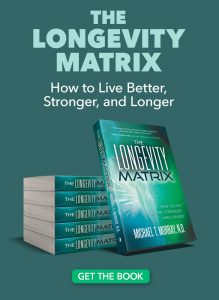Can’t Sleep? You May be Boosting Your Heart Attack Risk
by admin | November 10, 2011 | Natural Facts, Newsletter thru 2013, Sleep Disorder | 0 Comments
A new study of more than 50,000 people found that insomniacs have between a 27 and 45 percent greater chance of heart attacks than those who get regular sleep.
Are Sleeping Pills a Dream-Come-True or Nightmare?
by admin | April 18, 2012 | Natural Facts, Sleep Disorder | 0 Comments
Trouble Sleeping? Here’s Some Sound Sleep Advice
by admin | April 18, 2012 | Sleep Disorder | 0 Comments
Natural Support for Stress, Anxiety, and Insomnia
by admin | October 25, 2012 | Sleep Disorder, Stress Relief | 0 Comments
PharmaGABA is a safe and effective tool for increasing physical and mental relaxation—without drowsiness or side effects.
Melatonin in Autism – Effects on Sleep and Behavior
by admin | April 1, 2013 | Natural Facts, Sleep Disorder | 0 Comments
Sleeping Pills Can Be Deadly
by admin | June 18, 2013 | Sleep Disorder | 0 Comments
[wp_cpl_sc cat_id=298 list_num=210 css_theme=1 is_thumb=”true” show_date=”false” show_author=”false” show_comments=”false” sort_using=1 sort_order=”desc”]
Welcome
October is National Breast Cancer Awareness Month
Breast cancer has reached near epidemic status among American women as it is currently estimated that one out of eight women in the United States will develop breast cancer in her lifetime. Currently, breast cancer causes over 40,000 deaths in the United States each year.
The rate of breast cancer is typically 5 times higher for women in the United States compared to women in many other parts of the world. It is interesting to note that in Japan the rate of breast cancer is about 1/5th the rate in the United States, but in second or third generation Japanese women living in America eating the typical American diet the rate of breast cancer is identical to other women living in the United States.
Read the rest of the article here
For more information on steps you can take to reduce the risk of breast cancer, please refer to the corresponding chapter in the 3rd Edition of The Encyclopedia of Natural Medicine.
For more information, please see the completely revised and updated 3rd edition of The Encyclopedia of Natural Medicine.


